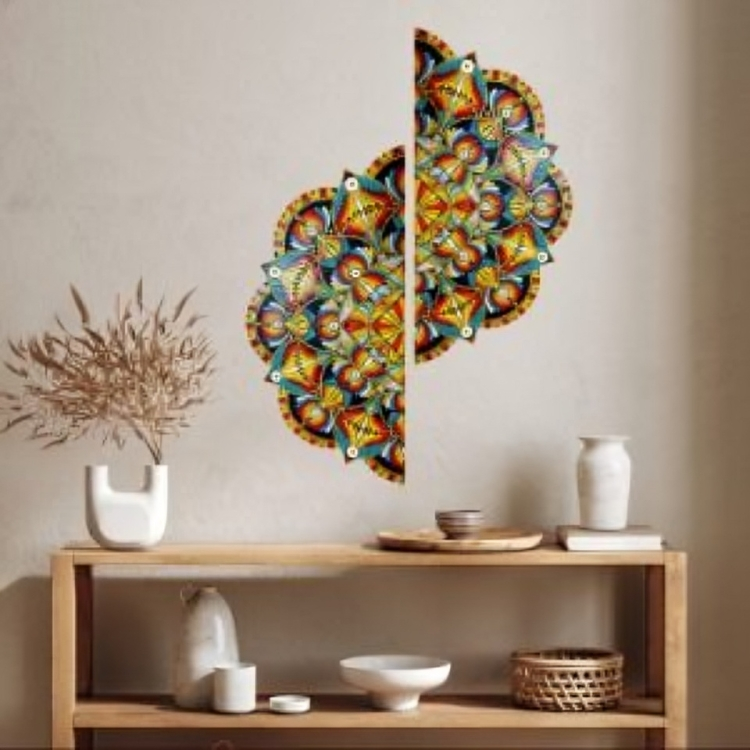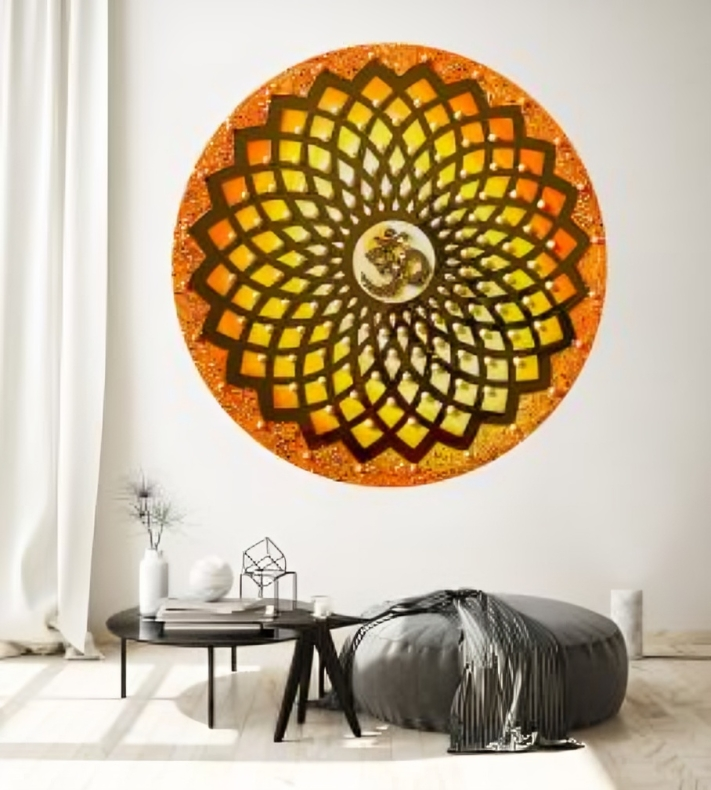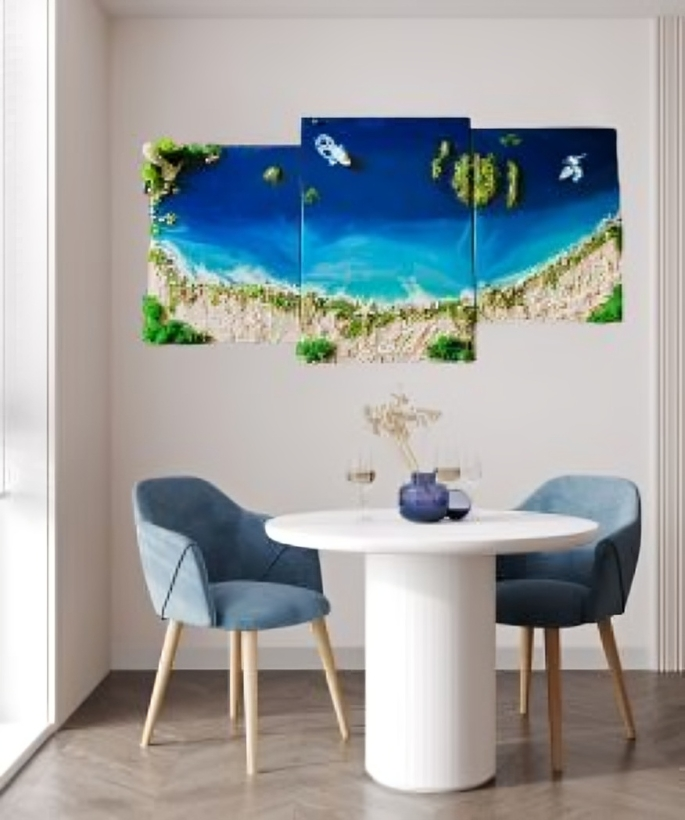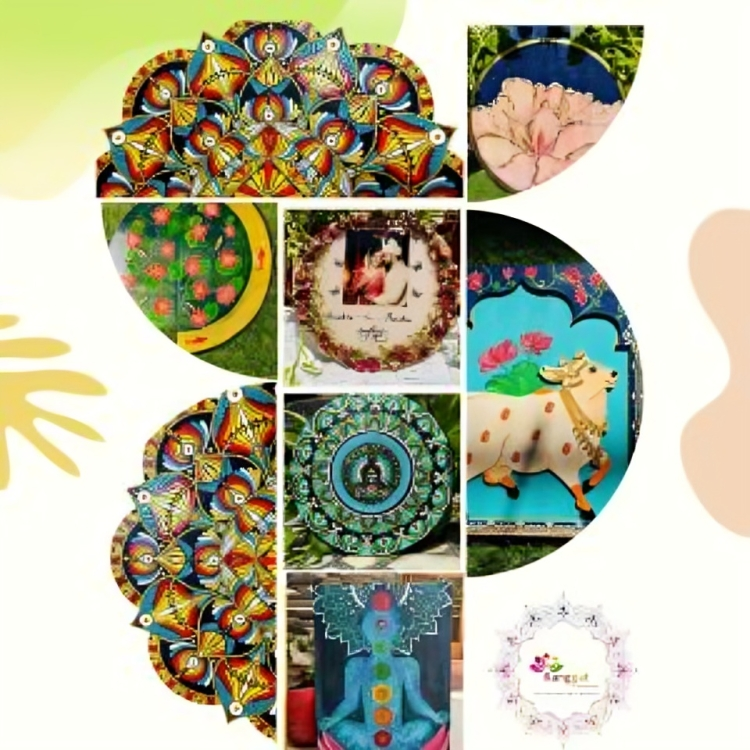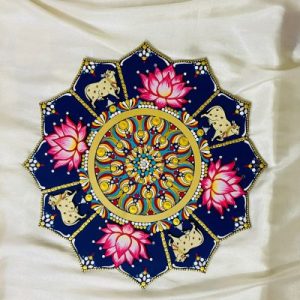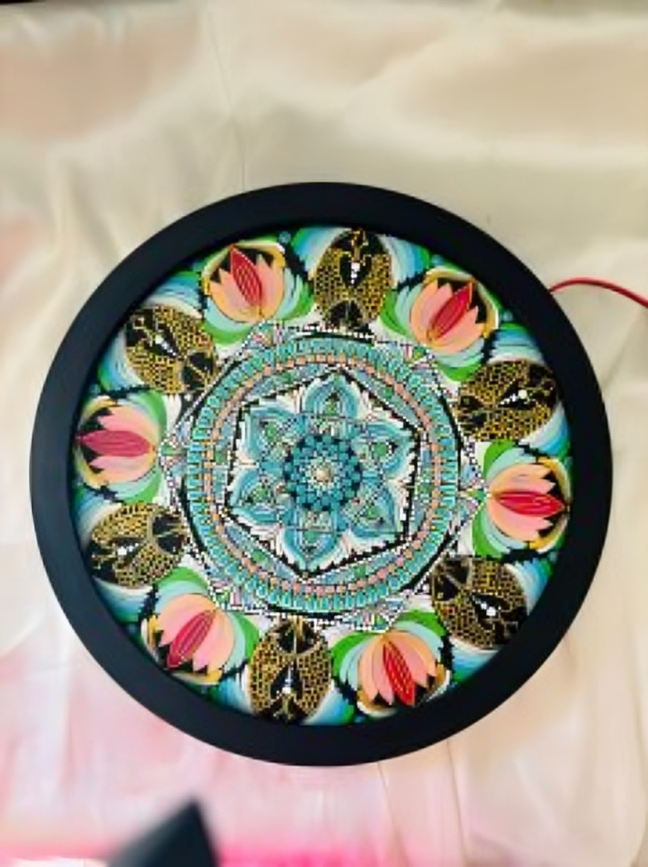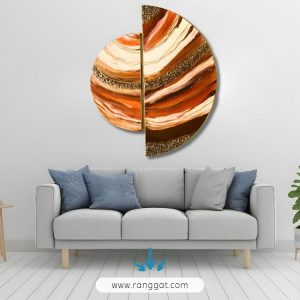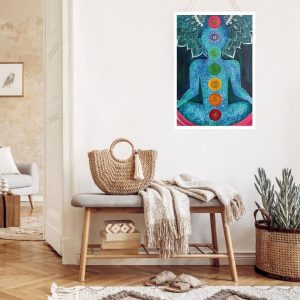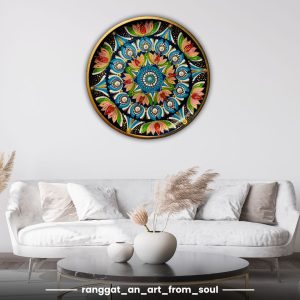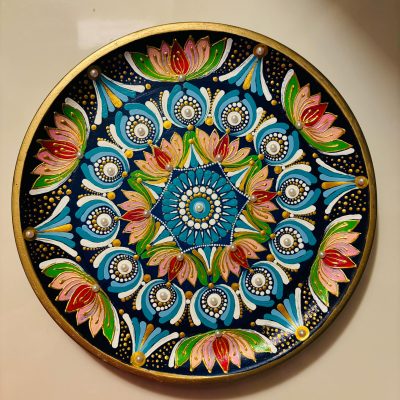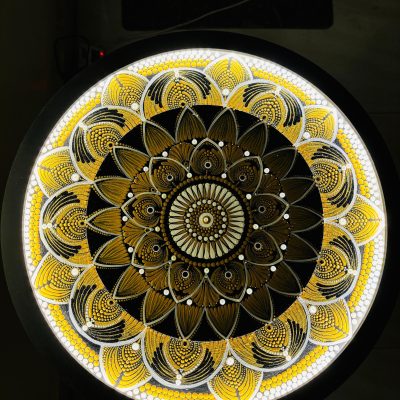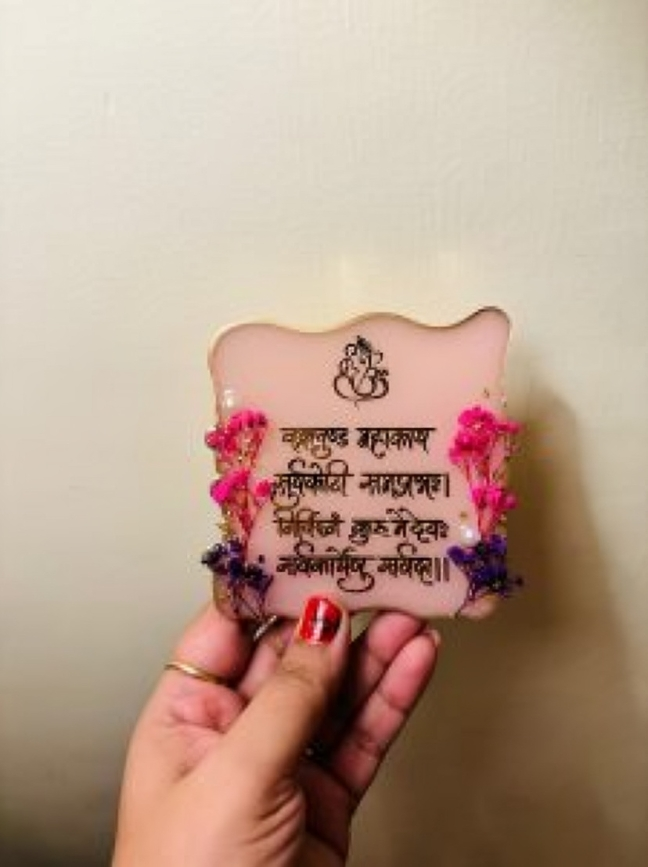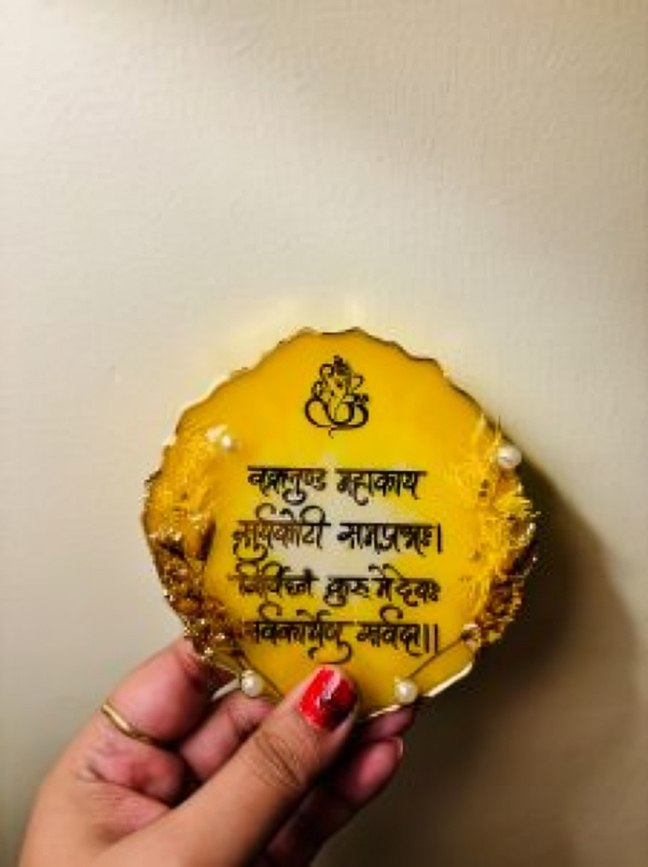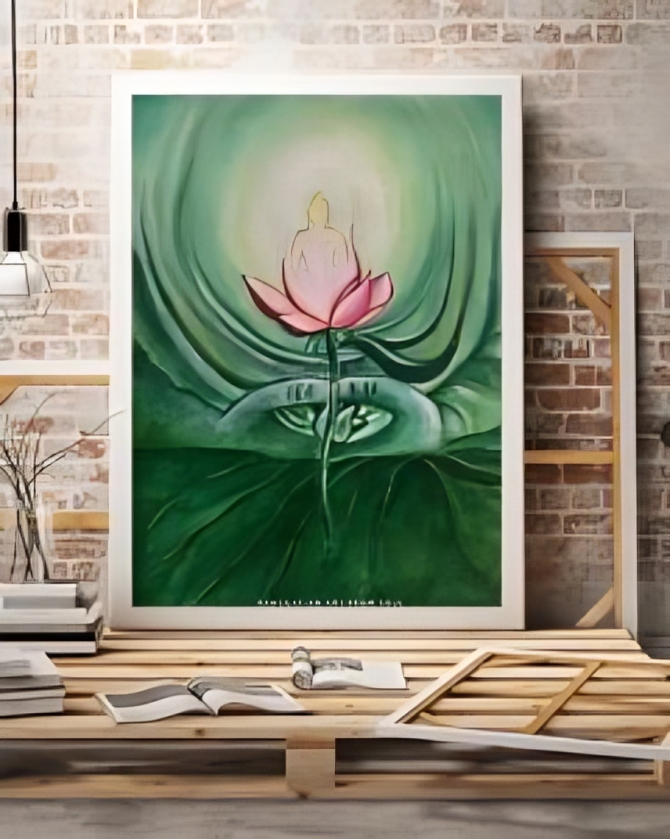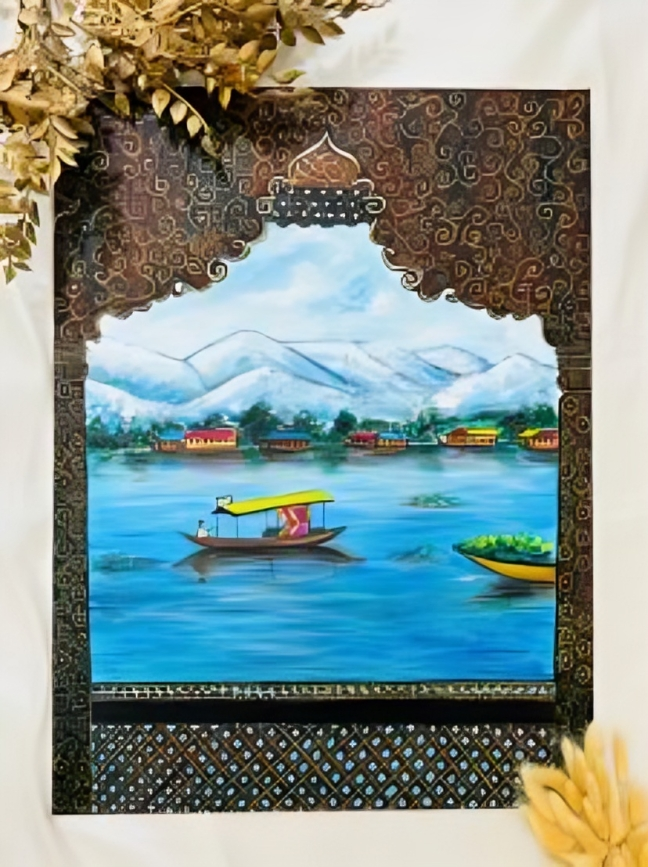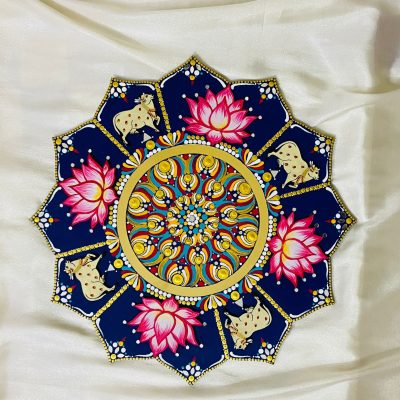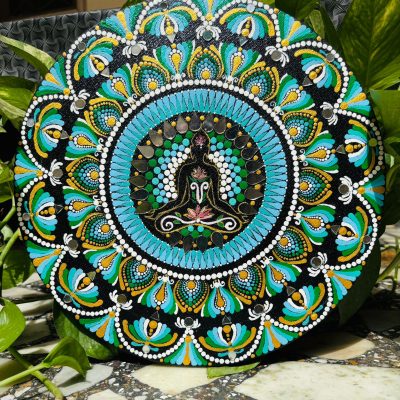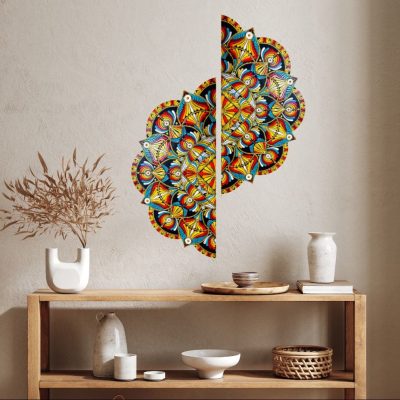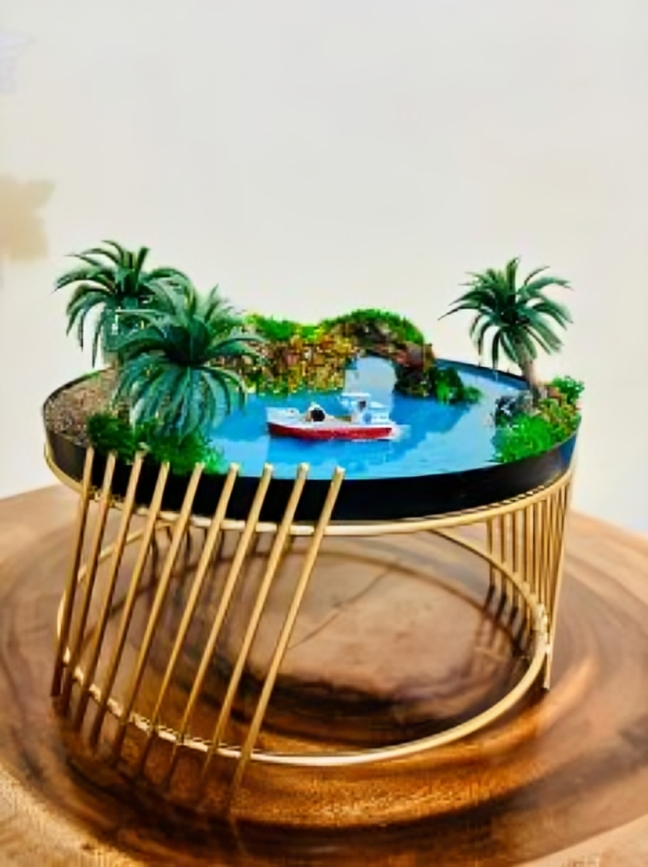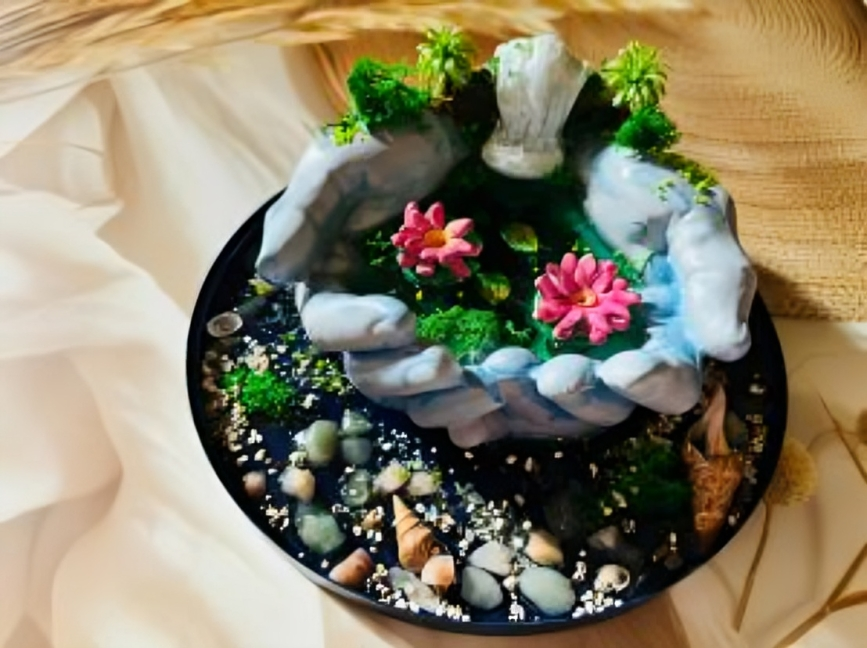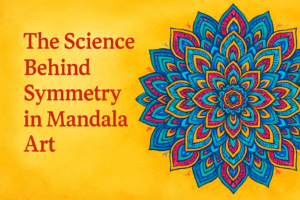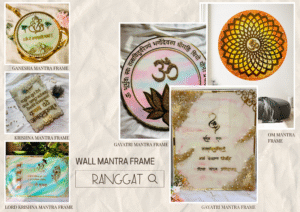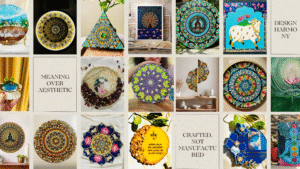I have always believed in the transformational power of art, and I am proud to be the owner of Ranggat Creations. Art expresses passion, culture, and identity and is more than just a decorative feature. Art can bring life to any area when it is handled carefully, transforming ordinary spaces into motivating havens. When designing a house, workplace, or commercial space, the correct creative touch can produce an ambiance that significantly affects visitors.
The Soul of a Space
Each space has an aura. Even though walls are only structures, the artwork you put on them gives them persona, meaning, and emotion. As Ranggat Creations’ creative leader, I believe it is crucial to first understand the function of a space and the people that use it. Do you want a bedroom that is peaceful? A source of inspiration in the workplace? Or energy in a living space? Our approach to curating or producing art is guided by these inquiries.
For instance, art can be used for purposes beyond decoration in a business environment. It can inspire others. Bold, vibrant abstract paintings can inspire a spirit of creativity and forward-thinking. On the other hand, more personal spaces like homes can generate a sense of comfort and belonging through the use of cultural art or softer color schemes.
Personal Stories and Cultural Connections
Ranggat Creations is of the opinion that art has to convey a narrative. Every piece we design or choose has a backstory, whether it draws inspiration or the energy of modern life. Art’s power is in its capacity to let people relate to these tales and give places a sense of personal significance.
For example, adding folk art or traditional motifs to a room can honor tradition and culture while keeping a contemporary look.
The Magic of Color and Texture
The way that art changes spaces is greatly influenced by color and texture. We are artists, so we know the psychology of color and the physical appeal of many mediums. A room can be energized by an infusion of bright colors, or it can be calmed and grounded by earthy tones. A multi-layered, deep mixed-media piece can provide complexity and interest in terms of textures.
Customization: Crafting Unique Experiences
Customization is a distinguishing feature of Ranggat Creations. Since every room is unique, so too should the artwork that graces it. In order to comprehend our clients’ needs, stories, and goals, we work directly with them. Our goal is to produce works that represent unique identities and settings, whether it be through curated art walls, sculptural structures, or custom paintings.
Tips for Incorporating Art into Your Interiors
1) Start with Intention: Understand the atmosphere you wish to establish. Choose art based on the space’s purpose.
2) Play with Scale: Do not be scared to take risks. A big artwork may add movement and space to a tiny space.
3) Mix Styles: Mix modern and traditional artwork to create a multi-layered, colorful atmosphere.
4) Focus on Placement: A room’s movement should be complemented with art. Centerpieces above seating areas or at entryways are good ways to attract attention.
5) Think Beyond Walls: Artistic furniture, sculptures, and installations can all enhance the overall design.
6) Rotate Art Regularly: Changing items on a seasonal or occasional basis will keep your room feeling creative and new.
Art is a necessary part of a lively setting; it is not a luxury. Helping people view their spaces in fresh and imaginative ways is our passion at Ranggat Creations. We transform rather than merely adorn when we use the power of art.
You embrace creativity, opportunity, and a closer relationship with your environment when you embrace art. Your environment should be able to breathe, talk, and most importantly, inspire.
Discover the transformative power of art with Ranggat Creations.

